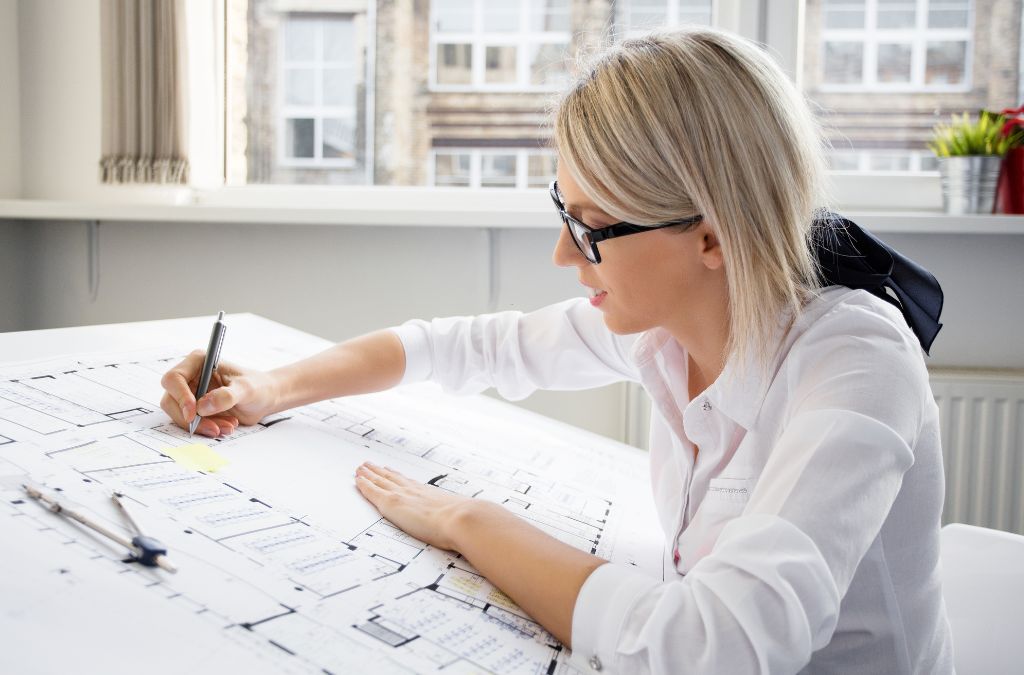-
Table of Contents
- Architect: Shaping the Future with Creative Brilliance
- The Role of an Architect
- Innovative Architectural Designs
- 1. The Shard, London
- 2. Bosco Verticale, Milan
- 3. The Eden Project, Cornwall
- Sustainability in Architecture
- The Impact of Technology
- Case Studies: Architectural Brilliance in Action
- 1. The Guggenheim Museum, Bilbao
- 2. The Sydney Opera House
- 3. The High Line, New York City
- The Future of Architecture
- Conclusion
Architect: Shaping the Future with Creative Brilliance
Architecture stands as a testament to human ingenuity and creativity. From ancient wonders like the Pyramids of Giza to modern marvels such as the Burj Khalifa, architects have always played a pivotal role in shaping our built environment. This article explores how architects are influencing the future with their innovative designs and creative brilliance.
The Role of an Architect
An architect is more than just a designer of buildings. They are visionaries who blend art and science to create functional, aesthetically pleasing, and sustainable structures. Their responsibilities include:
- Conceptualizing and designing buildings and spaces
- Ensuring structural integrity and safety
- Incorporating sustainable practices
- Collaborating with engineers, contractors, and clients
- Adhering to building codes and regulations
Innovative Architectural Designs
Modern architecture is characterized by innovation and creativity. Architects are constantly pushing the boundaries of what is possible, using new materials and technologies to create groundbreaking designs. Some notable examples include:
1. The Shard, London
Designed by Renzo Piano, The Shard is a 95-story skyscraper that redefines the London skyline. Its unique glass façade and pyramid shape make it a standout structure. The building incorporates energy-efficient systems, making it a model of sustainable design.
2. Bosco Verticale, Milan
Stefano Boeri’s Bosco Verticale, or Vertical Forest, is a pair of residential towers covered in trees and shrubs. This innovative design not only provides a green oasis in the city but also helps reduce air pollution and improve the microclimate.
3. The Eden Project, Cornwall
Designed by Nicholas Grimshaw, the Eden Project consists of two massive biomes housing thousands of plant species. The structure’s geodesic domes are made from hexagonal and pentagonal, inflated, plastic cells supported by steel frames, showcasing a blend of architectural and environmental innovation.
Sustainability in Architecture
Sustainability has become a cornerstone of modern architecture. Architects are increasingly focusing on creating buildings that are environmentally friendly and energy-efficient. Key strategies include:
- Using renewable energy sources like solar and wind power
- Incorporating green roofs and walls
- Utilizing sustainable building materials
- Designing for natural light and ventilation
- Implementing water conservation systems
One exemplary project is the Bullitt Center in Seattle, often referred to as the greenest commercial building in the world. It features solar panels, rainwater harvesting, and composting toilets, setting a new standard for sustainable architecture.
The Impact of Technology
Technology is revolutionizing the field of architecture. From computer-aided design (CAD) software to 3D printing, architects have access to tools that enhance their creativity and efficiency. Some technological advancements include:
- Building Information Modeling (BIM) for detailed 3D models
- Virtual Reality (VR) for immersive design experiences
- 3D printing for creating complex building components
- Smart building systems for energy management
- Drones for site surveys and inspections
For instance, Zaha Hadid Architects have embraced parametric design, using algorithms to create fluid, organic forms that would be impossible with traditional methods. Their work on the Beijing Daxing International Airport exemplifies how technology can lead to innovative and efficient designs.
Case Studies: Architectural Brilliance in Action
1. The Guggenheim Museum, Bilbao
Designed by Frank Gehry, the Guggenheim Museum in Bilbao is a masterpiece of contemporary architecture. Its titanium-clad, curvaceous forms have not only become an iconic symbol but also revitalized the city, attracting millions of tourists and boosting the local economy.
2. The Sydney Opera House
Jørn Utzon’s Sydney Opera House is a UNESCO World Heritage Site and an architectural icon. Its sail-like design and innovative use of precast concrete panels have made it one of the most recognizable buildings in the world. The project faced numerous challenges, including budget overruns and technical difficulties, but its completion marked a significant achievement in architectural history.
3. The High Line, New York City
The High Line is an urban park built on a disused elevated railway track in Manhattan. Designed by James Corner Field Operations and Diller Scofidio + Renfro, it has transformed an industrial relic into a vibrant public space. The project demonstrates how creative reuse of existing structures can lead to innovative urban solutions.
The Future of Architecture
The future of architecture promises to be exciting and transformative. Architects will continue to explore new materials, technologies, and design philosophies to create buildings that are not only functional but also inspiring. Some trends to watch include:
- Biophilic design, which integrates natural elements into buildings
- Adaptive reuse of existing structures
- Net-zero energy buildings
- Smart cities with interconnected infrastructure
- Resilient design to withstand climate change impacts
One emerging concept is the use of algae bioreactors in building façades. These systems can produce biofuel, absorb CO2, and provide shading, offering a multifaceted approach to sustainability.
Conclusion
Architects play a vital role in shaping the future of our built environment. Through innovative designs, sustainable practices, and the integration of technology, they are creating spaces that enhance our quality of life and address pressing global challenges. As we look to the future, the creative brilliance of architects will continue to inspire and transform the world around us.
